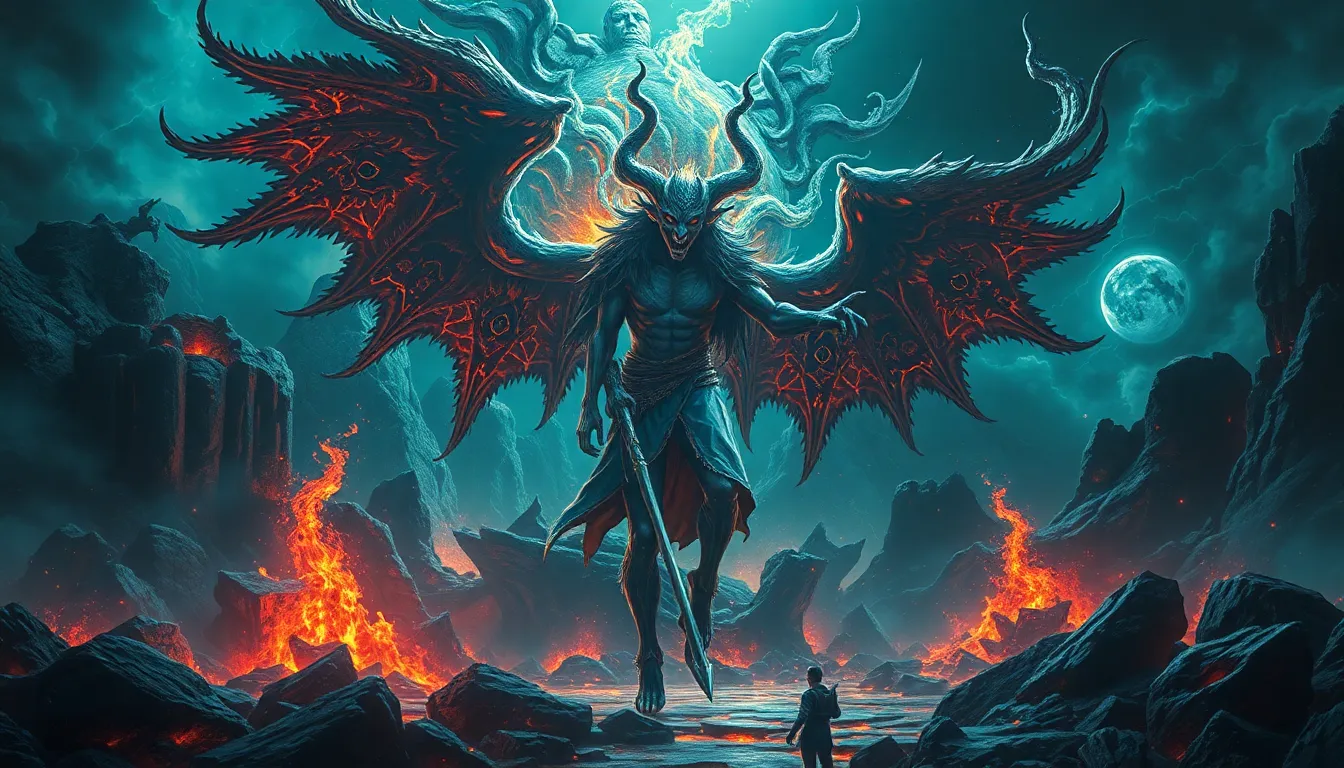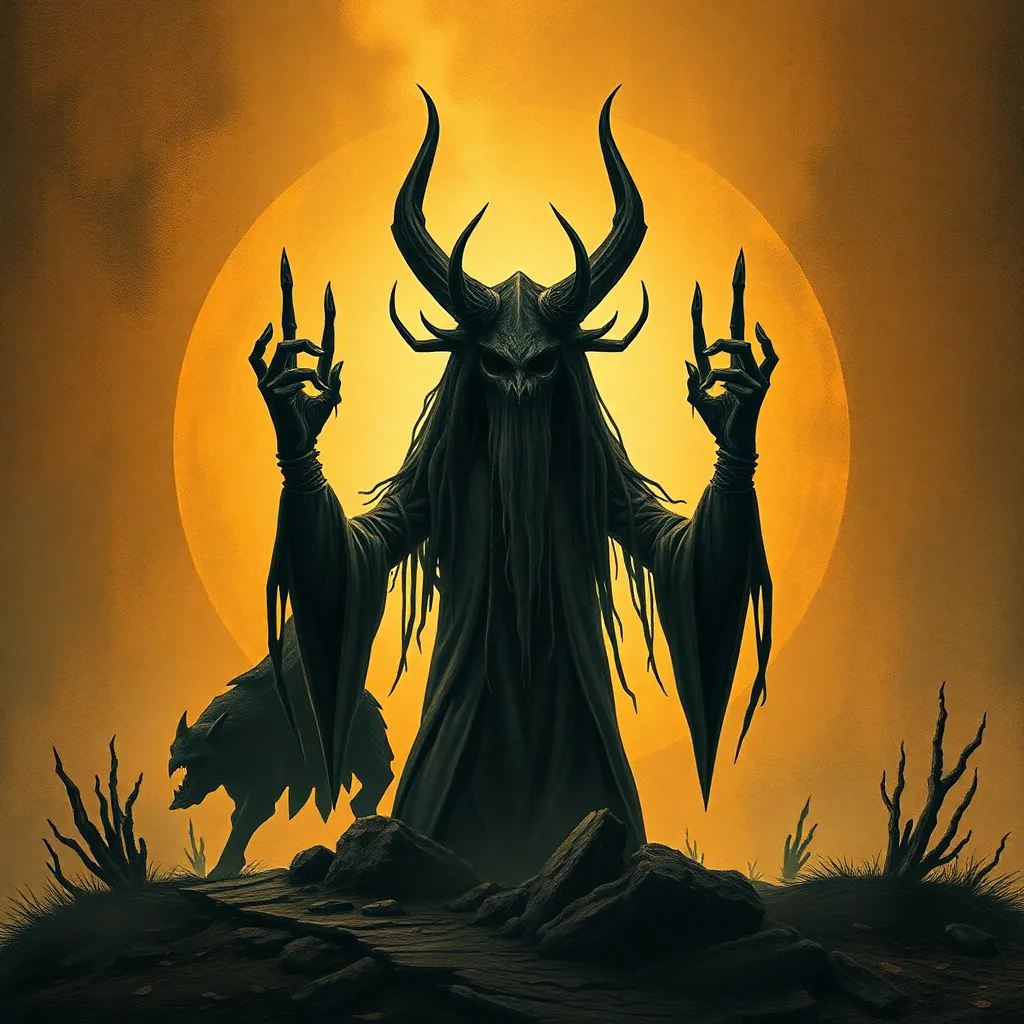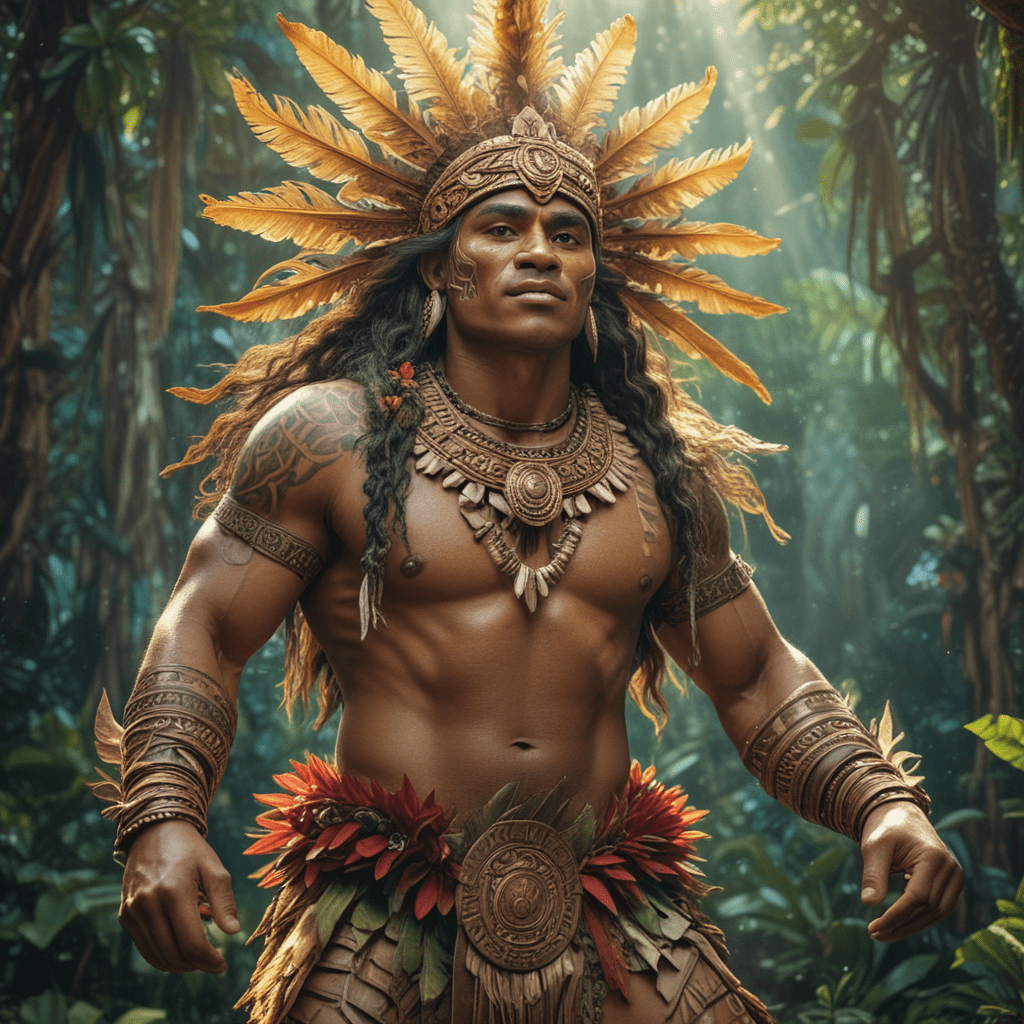From Chaos Comes Creation: The Most Captivating Myths
Introduction: The Dichotomy of Chaos and Creation
Chaos is a recurring theme in mythology, representing the primordial state of existence before order and structure emerged. This chaotic essence is often viewed as a formless void, a turbulent energy that precedes creation. Across cultures, creation myths serve to explain how the universe and life came into being, often depicting a journey from disorder to harmony. These myths not only reflect the beliefs of different societies but also highlight the universal struggle to understand the origins of existence.
The Role of Chaos in Mythological Narratives
In various mythologies, chaos is defined as a vast, empty space or a state of disorder that is fundamentally necessary for creation. Here are some key aspects:
- Definition of Chaos: Chaos can be perceived as the initial state of the universe, a teeming abyss filled with potential.
- Catalyst for Creation: It is often through chaos that the first forms of order are birthed, leading to the creation of the cosmos.
This duality of chaos and creation emphasizes that from disorder can emerge beauty, structure, and life itself.
Greek Mythology: From Chaos to Cosmos
In Greek mythology, chaos is depicted as the primordial void from which everything originated. According to Hesiod’s “Theogony,” from chaos emerged Gaia (the Earth) and Uranus (the Sky), who together shaped the early universe.
The Titans, descendants of Gaia and Uranus, played a crucial role in the formation of the world. They personified various aspects of nature and humanity, establishing the foundations upon which the Greek cosmos was built. Their stories reflect the interplay between chaos and order, as they struggled for power against the Olympian gods, ultimately leading to a new order in the universe.
Norse Mythology: Ginnungagap and the Birth of Worlds
Norse creation myths begin with Ginnungagap, the great void that existed before the world was formed. This primordial emptiness was flanked by Niflheim, the realm of ice, and Muspelheim, the realm of fire. The meeting of these opposing forces led to the birth of Ymir, the first being, whose body was used to create the world.
From Ymir’s flesh came the earth, from his blood the seas, and from his bones the mountains. This chaotic process highlights how the cosmos emerged from a state of nothingness, illustrating the transformative power of chaos in Norse mythology.
Hindu Cosmology: The Cosmic Ocean and Creation
In Hindu cosmology, the concept of “Nara,” or primordial water, is significant in the creation narrative found in the Rigveda. The universe is said to have originated from this cosmic ocean, where the deity Vishnu resides in a state of deep slumber.
When Vishnu awakens, he creates the world, demonstrating the cyclical nature of existence—creation followed by preservation, and ultimately destruction, only for the cycle to begin anew. This interplay of chaos and order is central to Hindu thought, emphasizing the importance of both aspects in the ongoing cycle of life.
African Myths: Creation Through Chaos and Conflict
African creation myths vary widely across cultures, but many share the theme of chaos leading to creation. For instance, in the Dogon creation myth, the universe began in darkness and chaos. The god Amma created the first being, who then brought order to the chaotic void.
These myths often highlight the significance of conflict as a necessary precursor to creation, suggesting that without struggle and chaos, new life and order cannot emerge.
Indigenous American Myths: Dualities and Creation
Indigenous American cultures have rich mythological traditions that explore the dualities of chaos and harmony. Many creation stories depict a world emerging from chaos through the actions of various deities. For example, the Navajo creation myth describes a journey through different worlds, each representing various states of existence, including chaos.
These narratives emphasize the balance between chaos and order, illustrating how harmony is achieved through the interplay of opposing forces.
Eastern Philosophies: Yin and Yang in Creation Myths
In Eastern philosophies, particularly Taoism, chaos is viewed as an essential component of the universe. The Taoist creation myth describes the universe as emerging from the primordial chaos, represented by the concept of Yin and Yang. This duality symbolizes the balance of opposites that govern existence.
In Buddhism, chaos is also acknowledged in the cyclical nature of life, where creation, existence, and destruction are continuous processes. Chaos here is not seen as negative; instead, it is integral to understanding the nature of existence and the path towards enlightenment.
Modern Interpretations of Chaos and Creation
The influence of ancient myths continues to permeate contemporary literature and art, where themes of chaos and creation are explored in various forms. Many modern writers and artists draw inspiration from these narratives to convey the complexities of human experience.
Psychologically, chaos has been associated with creativity and innovation. It challenges individuals to confront disorder in their lives, often leading to new ideas, perspectives, and solutions. Philosophically, chaos prompts questions about existence, order, and the nature of reality.
Conclusion: Embracing Chaos as a Catalyst for Innovation
In today’s fast-paced world, the relevance of chaos is more pronounced than ever. Embracing chaos can lead to personal and collective transformation, fostering creativity and innovation. By acknowledging the chaotic elements in our lives, we can harness their potential to inspire change and growth.
Ultimately, the narratives of chaos and creation remind us that disorder is not merely something to be feared; it is a powerful force that, when embraced, can lead to profound and transformative outcomes.



